Mechanical Testing involves applying stresses to specimens to determine direct, comparative, or derived physical properties. Examples include: maximum tensile force, elongation, fracture toughness, hardness, creep stress, Young’s Modulus and many, many more.
Various testing machines and fixtures are used to determine physical properties. All require controlled, repeatable application of force either by static loading or mechanical/hydraulic movement at tightly defined rates.
Many tests can also be carried out at elevated or dynamic temperature ranges or with controlled atmospheres. For example to test for stress corrosion properties, or stress/creep rupture.
Common tests include:
- Uniaxial Tensile: ASTM E8, ASTM B557, ASTM E21, ISO 6892-1 or -2
- Uniaxial Compression: ASTM E9
- Three-Point Flexure: ASTM E190, ASTM E855, ASTM E1290
- Four-Point Flexure: ASTM E855, ASTM C1161,
- Creep/Stress-Rupture: ASTM E139,
- Low-Cycle Fatigue: ASTM E466, ASTM E606,
- Jominy End-Quench: ASTM A255
- Charpy Impact: ASTM A370, ASTM E23
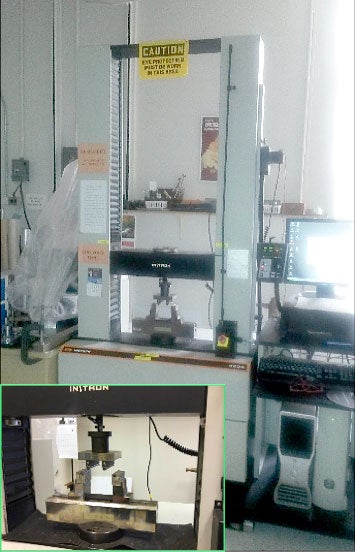
Electro-Mechanical System
Static Test
Load Cells: 1 kN, 5 kN, 50 kN
"Strain Gauge
Video Extensometry"
Test Rate: 0.05 to 500 mm/min
Tension, Compression, Bending, Shear
Crosshead Travel: 1170 mm
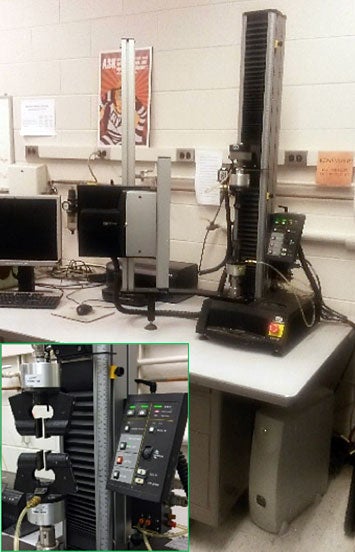
Electro-Mechanical System
Static Test
Load Cells: 10 N, 1 kN
"Strain Gauge
Video Extensometry"
Test Rate: 0.05 to 1000 mm/min
Tension, Compression
Crosshead Travel: 917 mm
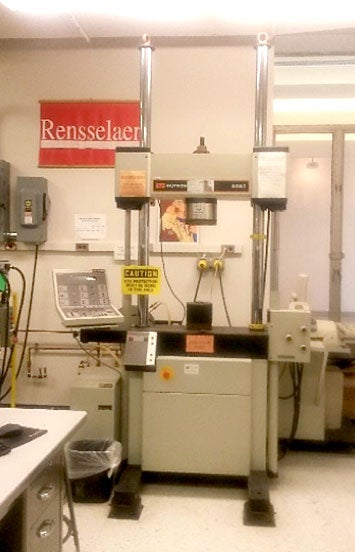
Electric Actuator System
Static (0.0001 to 1.00 Hz)
Load Cells: 10 kN, 100 kN
"Strain Gauge
Capacitive Extensometry"
+/-50.0mm Actuator Stroke
"High Temperature
Furnace up to 1500 ºC"
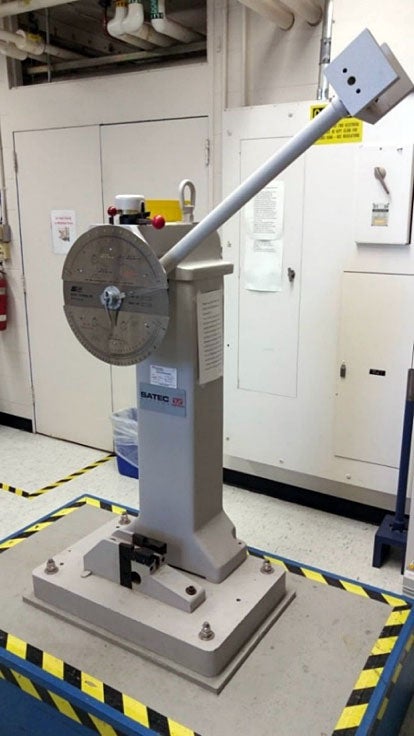

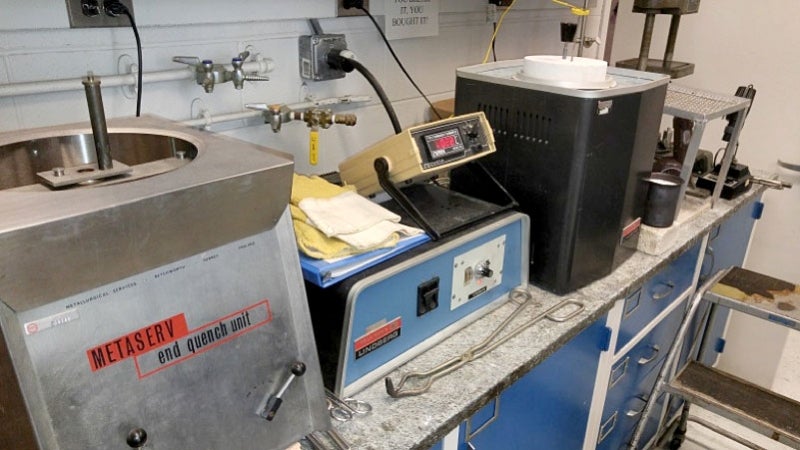
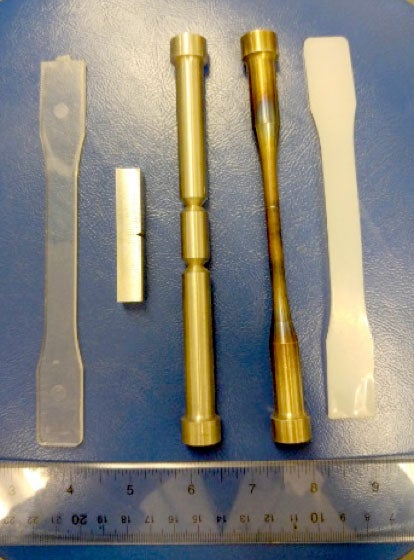
Examples of various standard specimens and materials. Specimens with non-standard shapes can still be tested, but may have reduced accuracy. Metals, glass, ceramics, polymers, even fabrics, bone and other biological materials can be tested.

